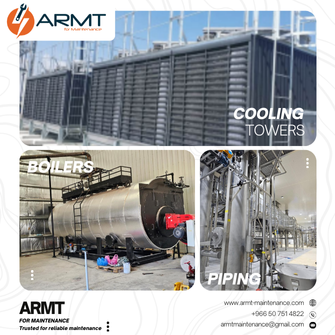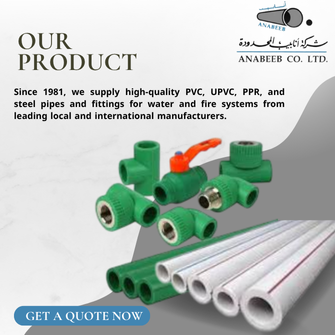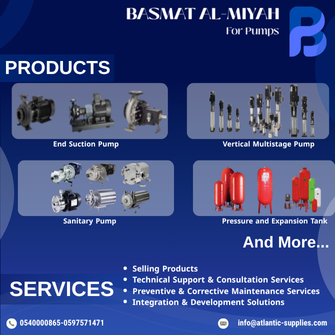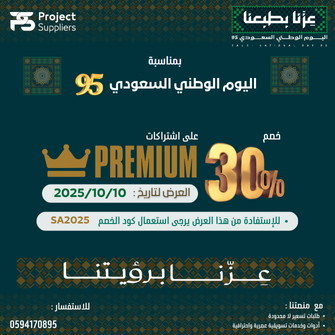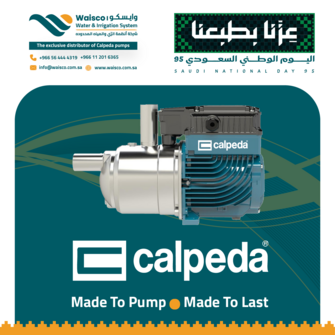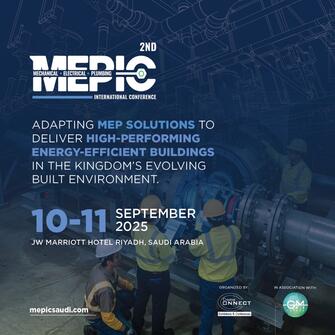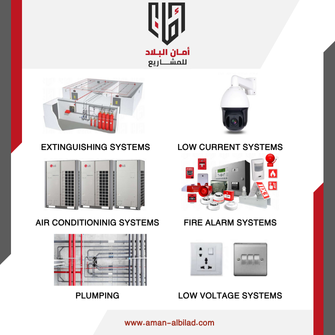advertisement
Gallery
Product Information
A vapor barrier (or vapour barrier) is any material used for damp proofing, typically a plastic or foil sheet, that resists diffusion of moisture through the wall, floor, ceiling, or roof assemblies of buildings and of packaging to prevent interstitial condensation. Technically, many of these materials are only vapor retarders as they have varying degrees of permeability.
Materials have a moisture vapor transmission rate (MVTR) that is established by standard test methods. One common set of units is g/m2·day or g/100in2·day. Permeability can be reported in perms, a measure of the rate of transfer of water vapor through a material (1.0 US perm = 1.0 grain/square-foot·hour·inch of mercury ≈ 57 SI perm = 57 ng/s·m2·Pa). American building codes have classified vapor retarders as having a water vapor permeance of 1 perm or less when tested in accordance with the ASTM E96 desiccant, or dry cup method. Vapor-retarding materials are generally categorized as:
- Impermeable (≤1 US perm, or ≤57 SI perm) – such as asphalt-backed kraft paper, elastomeric coating, vapor-retarding paint, oil-based paints, vinyl wall coverings, extruded polystyrene, plywood, OSB;
- Semi-permeable (1-10 US perm, or 57-570 SI perm) – such as unfaced expanded polystyrene, fiber-faced isocyanurate, heavy asphalt-impregnated building papers, some latex-based paints);
- Permeable (>10 US perm, or >570 SI perm) – such as unpainted gypsum board and plaster, unfaced fiber glass insulation, cellulose insulation, unpainted stucco, cement sheathings, spunbonded polyolefin or some polymer-based exterior air barrier films.
Looking for new opportunities in the Saudi market?
Receiving real RFQs is the key for new orders.
Here in Project Suppliers platform we gain you the new opportunity.



